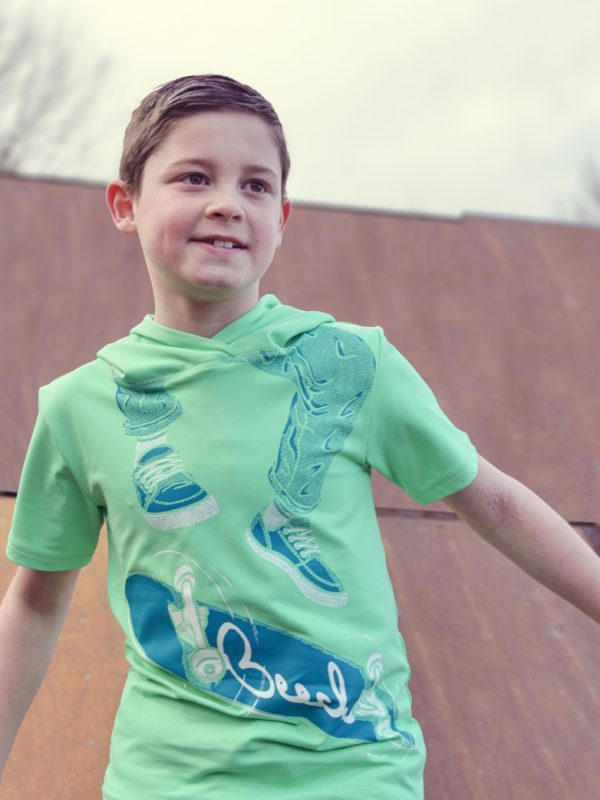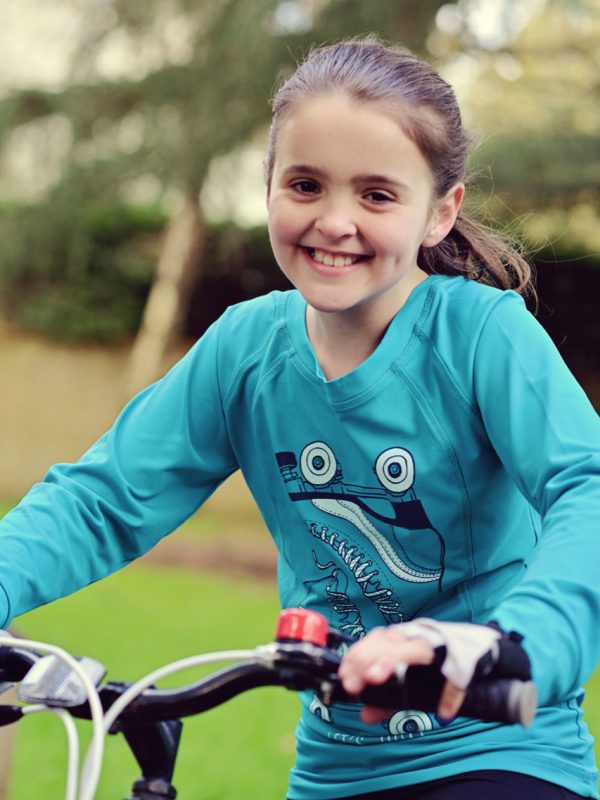How to get into skating


When learning to move forward, you can learn to push off with diagonal motion on each stroke.
In this article we cover inline skating as it is the best of both worlds and inline skating combines the principles of both roller skating and ice skating. Inline skates have multiple polyurethane wheels (similar to the material used for skateboard wheels) with single-line arrangements and a strong frame. This design allows for excellent manoeuvrability and speed, especially when compared to traditional roller skates. Learning inline skating is easy, although it requires enough practice and some helpful tips.
So what you need to do to get into inline skating today, let’s get started:
Prioritise Safety
Before wearing inline skates for the first time, you should gear up for safety. You must wear padding to protect your elbows, wrists, and knees and a helmet is an essential item, because you are likely fall a few times when learning to inline skate. This activity requires a hard, smooth surface, like sidewalks, pavements, and empty street.
Moving Forward
When learning to move forward, you can learn to push off with diagonal motion on each stroke. For beginners, pushing off straight forward is tricky, because it will cause you to become unbalanced. When shoving off, it is recommended to focus on moving forward with the sides of inline skates.
-
 Quick ViewAdd to Shopping Bag
Quick ViewAdd to Shopping Bag -
 Quick ViewAdd to Shopping Bag
Quick ViewAdd to Shopping Bag -
 Quick ViewAdd to Shopping Bag
Quick ViewAdd to Shopping Bag
To brake, extend your right foot forward and exert downward pressure in a half-squat position
Posture
A proper posture should be flexible, not rigid. An inflexible posture could make falls more likely. You should lean forward slightly from your waist in the intended direction of movement. This posture will improve your balance and you won’t fall as easily.
Stopping
The right foot is used as the braking foot. To brake, extend your right foot forward and exert downward pressure in a half-squat position. When you brake effectively, you will feel pressure on your calf muscle and hamstrings. The faster you go, the more pressure is needed on the right foot muscles to stop. As you become more proficient, you should also learn to use your left foot for braking.
Road Hazards
Before skating, it is important to watch out for any debris and litter on your path. Twigs and pebbles can make you fall. There could also be tar patches or open cracks on concrete pavement. It is recommended to clear the paths and move slowly at first.

